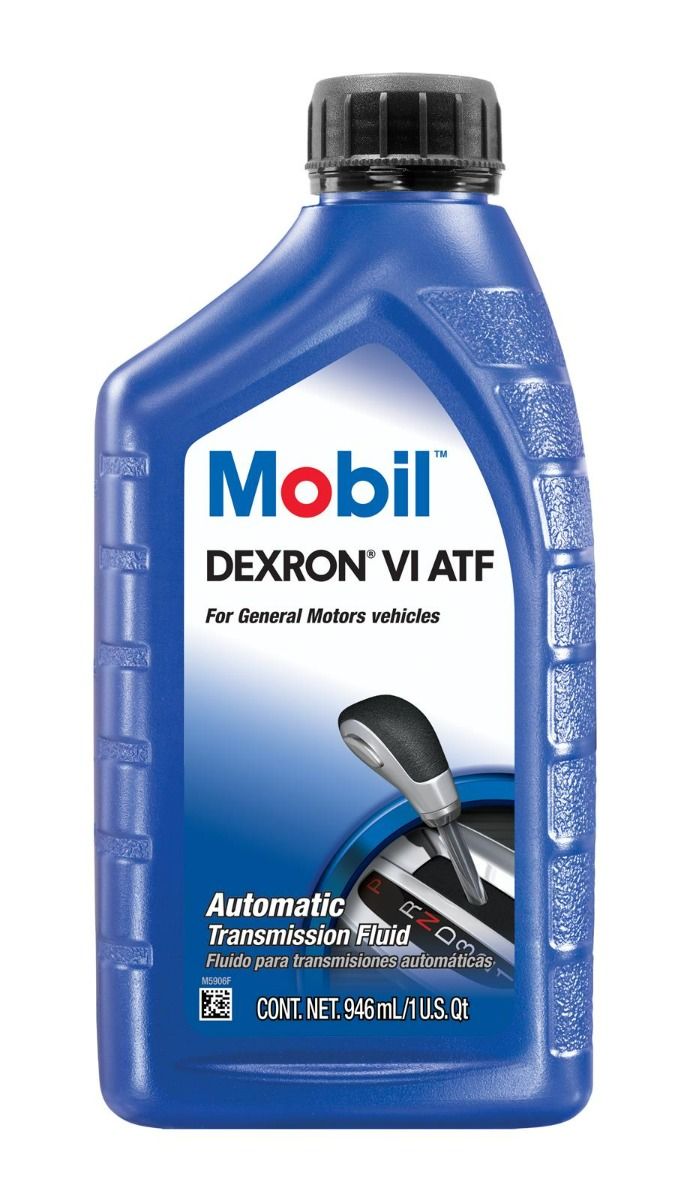In the realm of automotive maintenance, understanding the nuances of various fluids is crucial for ensuring optimal vehicle performance. Among these fluids, transmission fluid plays a pivotal role in maintaining the smooth operation and longevity of a vehicle’s transmission system. Two prominent transmission fluids, Dexron 3 and Dexron 6, have garnered widespread attention due to their compatibility with a range of automatic transmissions. However, despite their shared purpose, Dexron 3 and Dexron 6 exhibit distinct characteristics and applications. Delving into the intricacies of these two fluids unveils their key differences and suitability for various transmission systems.
Understanding Dexron 3 Transmission Fluid
Dexron 3 is a mineral-based automatic transmission fluid (ATF) developed by General Motors (GM) for use in various GM vehicles. It was introduced in the 1980s and has remained a popular choice due to its broad compatibility and effectiveness in older GM transmissions. Dexron 3 is characterized by its high viscosity and shear stability, ensuring adequate lubrication and protection for transmission components.

Key Features of Dexron 3:
- Mineral-based ATF
- High viscosity and shear stability
- Broad compatibility with older GM transmissions
- Suitable for applications requiring basic lubrication and protection
Understanding Dexron 6 Transmission Fluid
Dexron 6 is a synthetic-blend ATF introduced by GM in the 2000s as the successor to Dexron 3. It is designed to meet the demands of newer GM transmissions, offering improved performance and extended protection compared to its predecessor. Dexron 6 is characterized by its lower viscosity and enhanced oxidation resistance, contributing to smoother shifting, better fuel economy, and longer transmission life.

Key Features of Dexron 6:
- Synthetic-blend ATF
- Lower viscosity and enhanced oxidation resistance
- Improved performance and extended protection for newer GM transmissions
- Smoother shifting, better fuel economy, and longer transmission life
Comparing Dexron 3 and Dexron 6
| Feature | Dexron 3 | Dexron 6 |
|---|---|---|
| Base Oil | Mineral-based | Synthetic-blend |
| Viscosity | High | Low |
| Shear Stability | High | High |
| Compatibility | Older GM transmissions | Newer GM transmissions |
| Performance | Basic lubrication and protection | Improved performance and extended protection |
| Benefits | Smooth shifting and adequate protection | Smoother shifting, better fuel economy, and longer transmission life |
Applications
Dexron 3: Recommended for use in older GM vehicles with transmissions requiring Dexron 3 compatibility.
Dexron 6: Recommended for use in newer GM vehicles with transmissions requiring Dexron 6 compatibility.
Choosing Between Dexron 3 and Dexron 6
The choice between Dexron 3 and Dexron 6 depends on the specific vehicle and transmission requirements. Always refer to the vehicle’s owner’s manual for the recommended transmission fluid.
Conclusion
Dexron 3 and Dexron 6 stand as prominent transmission fluids, each tailored to meet the specific needs of different GM transmissions. Dexron 3 serves as a reliable choice for older GM vehicles, while Dexron 6 caters to the advanced demands of newer GM transmissions. Understanding the key differences between these two fluids empowers vehicle owners to make informed decisions regarding transmission fluid selection and ensure optimal transmission performance and longevity.